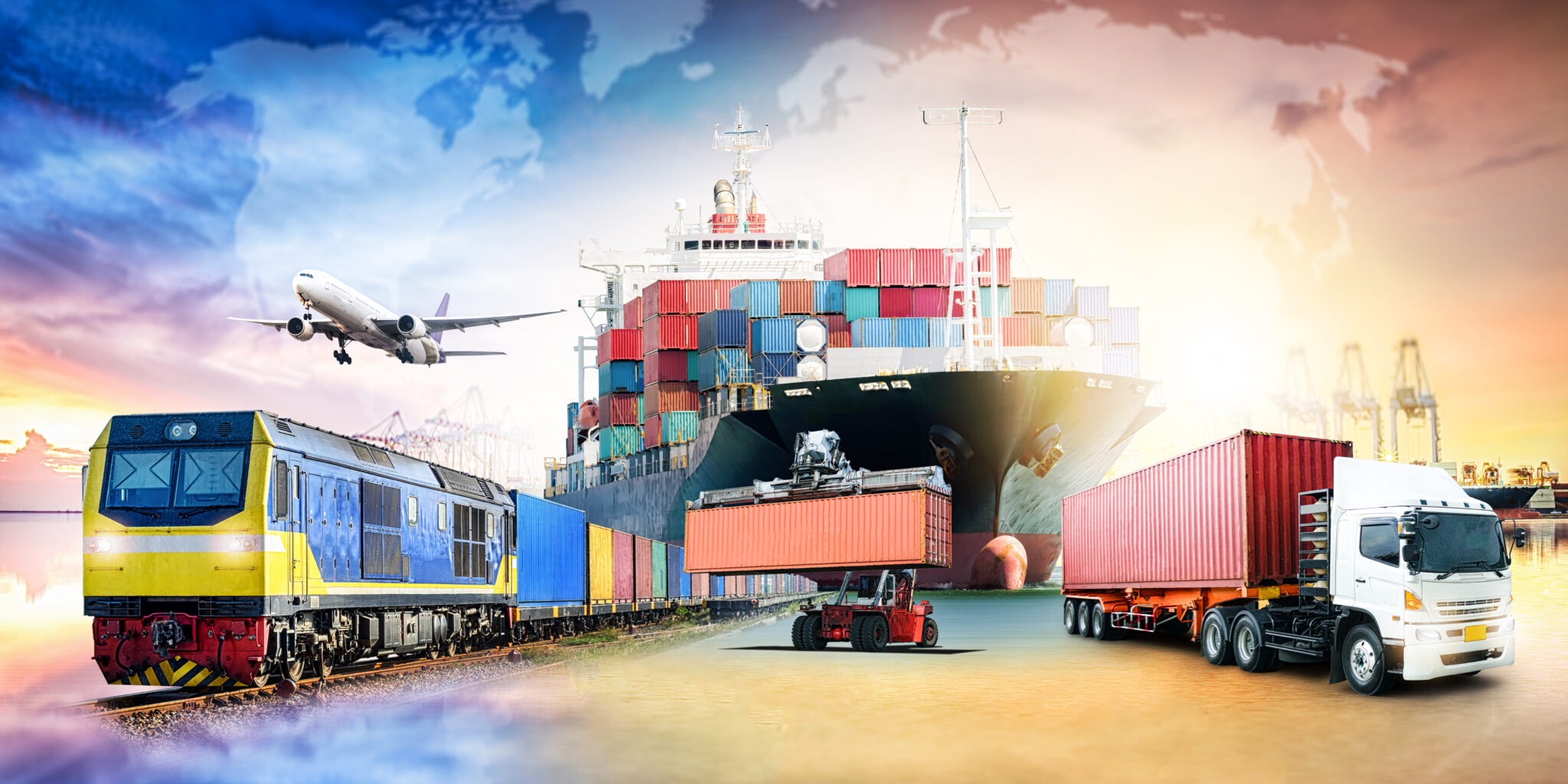The transportation landscape is undergoing a significant transformation, driven by advances in technology, growing environmental concerns, and the need for efficient and sustainable mobility solutions.
 |
| Source- Corelette Express |
From self-driving cars to hyperloop systems, innovative technologies and infrastructure developments are reshaping the way we travel. In this article, we will delve into the future of transportation and explore the exciting new possibilities that await us.
Electric Mobility Revolution
As the world seeks to reduce greenhouse gas emissions and combat climate change, electric vehicles (EVs) have emerged as a game-changer in the transportation sector. Rapid advancements in battery technology have significantly improved the range, affordability, and charging infrastructure of EVs.
As a result, more and more countries are adopting ambitious plans to transition to electric mobility. We can expect to see a surge in electric cars, buses, and even electric-powered aircraft in the coming years.
Autonomous Vehicles
Self-driving cars have been a subject of fascination and promise for many years. Thanks to breakthroughs in artificial intelligence, machine learning, and sensor technology, autonomous vehicles are rapidly becoming a reality.
Major companies and startups alike are investing heavily in developing self-driving technology, aiming to improve road safety, increase transportation efficiency, and enhance accessibility. The future holds the potential for fully autonomous fleets, leading to reduced traffic congestion, improved road safety, and increased mobility options for the elderly and disabled.
Hyperloop and High-Speed Rail
Imagine traveling at speeds surpassing 700 miles per hour in a vacuum-sealed tube—this is the vision behind the hyperloop. Spearheaded by companies like SpaceX and Virgin Hyperloop, this futuristic mode of transportation utilizes magnetic levitation and low-pressure environments to propel passenger or cargo pods at unprecedented speeds.
While still in the experimental phase, hyper loop systems show immense promise for revolutionizing long-distance travel, reducing travel times, and connecting cities more efficiently.
Additionally, traditional high-speed rail systems continue to expand worldwide, providing a sustainable alternative to air travel for medium-distance journeys.
Vertical Mobility- Flying Taxis and Personal Drones
As urbanization continues to accelerate, finding innovative solutions to tackle traffic congestion becomes crucial. Enter the concept of vertical mobility—using the airspace above us for transportation.
Electric vertical takeoff and landing (eVTOL) aircraft, commonly known as flying taxis, are being developed by companies such as Uber, Airbus, and Volocopter.
These vehicles promise to alleviate congestion on the ground, reduce travel times, and provide a new dimension of urban transportation. Similarly, personal drones are being explored as a means of short-distance travel, particularly in congested urban areas.
Sustainable Infrastructure and Smart Cities
The future of transportation is not solely dependent on vehicle advancements but also on the development of sustainable infrastructure and smart cities.
A smart transportation system integrates various technologies, such as Internet of Things (IoT), big data analytics, and intelligent traffic management, to optimize the movement of people and goods.
Smart cities incorporate these elements into their urban planning, ensuring seamless connectivity between transportation modes, reducing energy consumption, and improving overall efficiency. Additionally, the integration of renewable energy sources, smart grids, and charging infrastructure for electric vehicles will be critical in building a sustainable transportation network.
The Rise of Shared Mobility
The advent of ride-hailing services like Uber and Lyft has disrupted the traditional model of car ownership, sparking a shift towards shared mobility. Car-sharing, bike-sharing, and scooter-sharing platforms have gained popularity, offering convenient alternatives to individual car ownership.
As technology continues to advance, shared mobility is likely to evolve further, incorporating autonomous vehicles and dynamic routing algorithms to optimize transportation efficiency. This shift can lead to reduced traffic congestion, lower carbon emissions, and improved utilization of transportation resources.
This will encourage a widespread adoption of electric vehicles, leading to cleaner and greener transportation options.
Autonomous vehicles will redefine the concept of driving. With self-driving cars, we can expect increased safety on the roads, as human errors and distractions are minimized.
Autonomous fleets can optimize traffic flow, reduce congestion, and offer mobility solutions to those who are unable to drive themselves, such as the elderly or disabled.
Hyperloop systems and high-speed rail will revolutionize long-distance travel. With hyperloop technology, we can travel at unprecedented speeds, drastically reducing travel times between cities.
High-speed rail networks, already prevalent in several countries, will expand further, offering an eco-friendly alternative to air travel for medium-distance journeys.
Vertical mobility in the form of flying taxis and personal drones will unlock the airspace above us for transportation.
These aerial vehicles will alleviate congestion on the ground, offering faster and more efficient transportation within cities. Imagine bypassing traffic and reaching your destination in a fraction of the time it would take by road.
Renewable energy sources will power transportation networks, reducing carbon emissions and reliance on fossil fuels. Charging infrastructure for electric vehicles will become ubiquitous, enabling convenient and widespread adoption of EVs.
Shared mobility will continue to rise in popularity, further reducing the need for individual car ownership. As ride-sharing, bike-sharing, and scooter-sharing platforms become more integrated and efficient, we will witness a shift towards a more collaborative and resourceful transportation system.
Autonomous shared vehicles will enhance the convenience and accessibility of shared mobility, making it a preferred choice for urban transportation.
In conclusion, the future of transportation holds tremendous potential. From electric mobility to autonomous vehicles, hyperloop systems to vertical mobility, and sustainable infrastructure to shared mobility, we are on the brink of a transportation revolution.
These advancements will not only reshape the way we travel but also contribute to a greener, safer, and more inclusive world. The future is bright, and it's time to embrace the exciting possibilities that lie ahead.
Written by: Samriddhi Gauniyal

.jpeg)








0 Comments